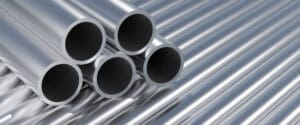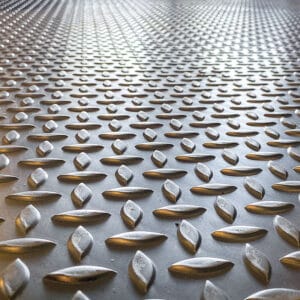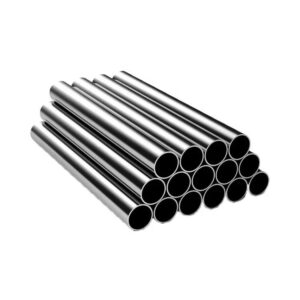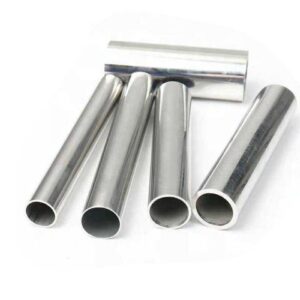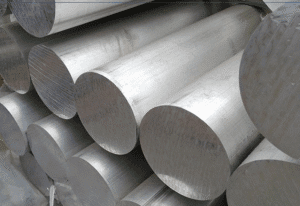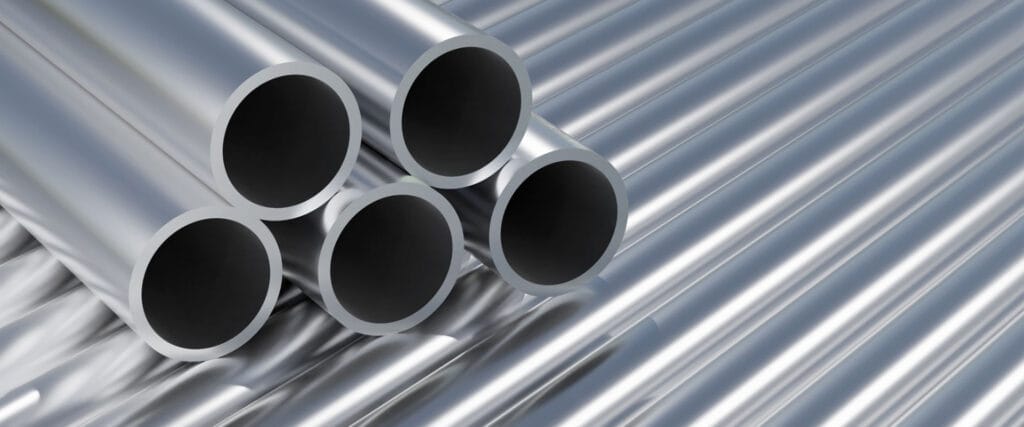Aluminum tubes are essential across industries like aerospace, construction, automotive, and marine engineering. Among them, the large diameter aluminum tube stands out for its ability to combine lightweight design with outstanding structural performance. Ranging from Φ500 mm to over Φ1000 mm, these tubes are widely used where strength, durability, and cost-effectiveness must come together.
This guide will help you understand how aluminum tubes are manufactured, what alloys are commonly used, how to choose the right sizes, and how to evaluate suppliers.
How Are Aluminium Tubes Made?
The production of aluminum tubes can be divided into two main categories:
1. Extrusion Process
- Seamless Extrusion: A heated aluminum billet is pressed through a die to form a hollow profile. The result is a seamless aluminum tube with consistent strength and excellent tolerance.
- Hollow Extrusion: Specialized tooling allows larger diameters (Φ500–800 mm).
- Advantages: High strength, excellent surface finish, and ability to produce custom profiles.
2. Welding Process
- Roll Forming + Welding: For extra large diameters (Φ800–1200 mm), aluminum sheets are rolled into a cylinder and joined using TIG or MIG welding.
- Advantages: Cost-effective for very large sizes where extrusion is impractical.
- Consideration: Welded tubes may have slightly lower strength compared to seamless extrusions but are suitable for applications where maximum pressure resistance is not required.
👉 Professional suppliers will advise whether extruded aluminum tubing or welded tubing is better for your project.
What Is Alloy Aluminum Tube Pipe?
Different alloys determine the performance of large diameter aluminum tubes.
Common Alloys Used
- 1000 Series (Pure Aluminum): Excellent corrosion resistance, but low strength. Rarely used for structural large diameter tubes.
- 3000 Series (e.g., 3003): Good corrosion resistance and weldability, suitable for HVAC, pipelines, and marine applications.
- 5000 Series (e.g., 5052, 5754): Excellent marine corrosion resistance, ideal for offshore and shipbuilding structures.
- 6000 Series (e.g., 6061, 6082): The most common for large diameter aluminum pipes, offering high strength and machinability. Used in construction, bridges, and mechanical engineering.
- 7000 Series (e.g., 7075): Very high strength, typically reserved for aerospace, defense, and automotive performance parts.
Why Alloy Selection Matters
The alloy you choose will determine:
- Strength-to-weight ratio
- Weldability
- Corrosion resistance
- Cost and availability
For example, if you need a Φ600 mm aluminum round tube for offshore use, a 5000 series alloy would be more suitable than 7075 due to its corrosion resistance.
What Size Round Tubing Fits Inside Each Other?
When engineers design with aluminum tubes, nesting is often a critical requirement.
- Tolerance Range: Large diameter aluminum tubes typically follow ASTM B241 or EN 755-8 standards for dimensional accuracy.
- Clearance Fit: To nest one tube inside another, ensure at least 1–2 mm clearance depending on the tube diameter.
- Size Chart Reference: Most suppliers publish an aluminum round tube sizes chart, listing OD, wall thickness, and ID.
Example (simplified):
| Outer Diameter (OD) | Wall Thickness | Inner Diameter (ID) |
|---|---|---|
| 500 mm | 20 mm | 460 mm |
| 600 mm | 25 mm | 550 mm |
| 800 mm | 30 mm | 740 mm |
This makes it easy to calculate which tube sizes can fit inside each other.
What Are the Types of Pipes and Tubes?
Aluminum tubes can be categorized by shape, method, or application:
By Shape
- Round Tubes — most common for structural use.
- Square / Rectangular Tubes — frames, furniture, architectural profiles.
- Custom Profiles — T, U, C, H, and Z shapes for specialized engineering.
By Surface Finish
- Mill Finish — standard finish straight from extrusion.
- Anodized — improved corrosion resistance and decorative appearance.
- Polished / Brushed — for architectural use.
- Powder Coated — for weather protection and color customization.
By Size
- Standard Tubes — OD below Φ500 mm.
- Large Diameter Aluminum Tube — Φ500–1000 mm.
- Extra Large Diameter Aluminum Tube — over Φ1000 mm, typically custom welded.
Large Diameter Aluminum Tube Price
The price of large diameter aluminum pipes is influenced by multiple variables:
- Raw Material Price — Directly linked to the global LME (London Metal Exchange).
- Alloy Type — 7075 is much costlier than 6061 or 3003.
- Tube Size — Larger diameter and thicker wall tubes use more material, increasing cost.
- Surface Treatment — Anodizing and powder coating add 5–15% to the base price.
- Processing Method — Seamless extruded tubes are more expensive than welded tubes.
- Order Quantity — Bulk orders reduce the per-unit cost.
💡 Tip: When comparing prices, always check whether freight, packaging, and inspection are included in the quotation.
Large Diameter Aluminum Tube for Sale
When sourcing a large diameter aluminum tube supplier, evaluate:
- Manufacturing Capability: Can they produce Φ500–1000 mm extrusions or only welded tubes?
- Quality Standards: Look for ASTM, EN, or ISO 9001 certifications.
- MOQ (Minimum Order Quantity): Many suppliers require at least 2–5 tons.
- Lead Time: Extrusion die setup may take 2–4 weeks; welded tubes are faster.
- Testing Services: Tensile, hardness, and corrosion resistance tests should be available.
👉 See our 7075 Aluminum Tube for Sale or 3003 Aluminum Tube for high-quality options.
Aluminum Round Tubes and Sizes Chart
The aluminum round tube sizes chart is an essential engineering tool. It provides:
- Outer Diameter (OD)
- Wall Thickness
- Inner Diameter (ID)
- Weight per meter (kg/m)
Such charts help in calculating load-bearing capacity, determining shipping weight, and confirming if one tube will fit inside another.
👉 Explore the Aluminum Tube Product Category for more technical charts and specifications.
Applications of Large Diameter Aluminum Tubes
1. Construction & Infrastructure
- Used in scaffolding, bridges, and large-span roofing systems.
- Favored for their strength-to-weight ratio and corrosion resistance.
2. Transportation
- Rail and bus body frames often use extruded tubes.
- In shipbuilding, 5000 series tubes withstand seawater exposure.
3. Energy Industry
- Heat exchangers and pipelines in power plants.
- Offshore oil platforms use large diameter aluminum pipes for non-corrosive durability.
4. Aerospace & Defense
- 7075 alloy tubes are critical for lightweight yet strong components.
- Aircraft landing gear and fuselage structures.
5. Industrial Applications
- Machinery frameworks
- Conveyor rollers
- Storage tanks
Why Choose Large Diameter Aluminum Tubes?
- High Strength-to-Weight Ratio — aluminum is 1/3 the weight of steel.
- Excellent Corrosion Resistance — suitable for outdoor and marine use.
- Customizability — diameters, wall thickness, and finishes can be tailored.
- Sustainability — 100% recyclable with minimal energy loss.
These benefits make Φ500–1000 mm large diameter aluminum tubes an increasingly popular choice for modern projects.
Common Large Diameter Aluminum Tube Sizes Chart
Below is a reference chart for Φ500–1000 mm large diameter aluminum tubes. Actual dimensions may vary slightly depending on alloy, tolerance, and manufacturer capabilities.
| Outer Diameter (OD, mm) | Wall Thickness (mm) | Inner Diameter (ID, mm) | Theoretical Weight (kg/m)* | Notes / Standards |
|---|---|---|---|---|
| 500 | 20 | 460 | ~85.0 | ASTM B241 / EN 755-8 |
| 600 | 25 | 550 | ~133.0 | ASTM B241 / EN 755-8 |
| 700 | 25 | 650 | ~155.0 | Custom extrusion possible |
| 800 | 30 | 740 | ~248.0 | Often welded type |
| 900 | 35 | 830 | ~354.0 | Large-scale projects |
| 1000 | 40 | 920 | ~452.0 | Extra large diameter, usually welded |
Final Thoughts
The large diameter aluminum tube is not just a raw material — it’s a highly engineered product designed to meet the most demanding structural and environmental challenges. By understanding manufacturing processes, alloy selection, standard sizes, and pricing factors, you can make better procurement decisions.
For technical consultation, customized sizing, and bulk orders, explore our full range at the Aluminum Tube Category.


